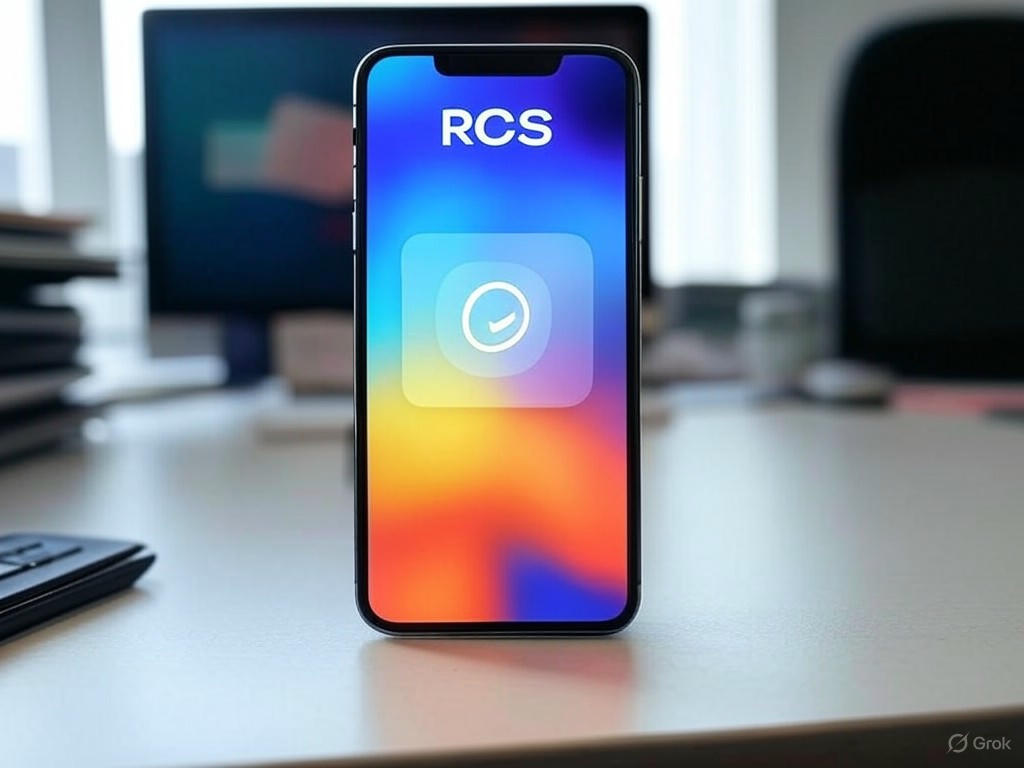RCS Messaging Surges Past One Billion Daily Messages in the US—With T-Mobile Leading the Pack
The transformation of mobile messaging in the United States has entered a new phase as Rich Communication Services (RCS) surges past the one billion daily message mark. This milestone, recently confirmed by Google and covered in TechCrunch and Android Authority, signals a profound shift in consumer behavior, carrier strategy, and industry standards.
At its core, RCS is designed to replace the decades-old Short Message Service (SMS) with a modern, feature-rich messaging protocol. Unlike SMS, RCS supports read receipts, typing indicators, high-quality image and video sharing, and works seamlessly over both Wi-Fi and mobile data. These capabilities have positioned RCS as the successor to SMS, bringing text messaging into a new era of cross-platform interoperability and rich user experiences—capabilities long associated with internet-based apps like WhatsApp and iMessage.
According to Google’s recent statistics, Americans now send more than one billion RCS messages every day—a figure based on an average of the last 28 days. This rapid adoption is not merely a victory for Android users; it represents a seismic change for the messaging ecosystem overall, driven in part by Apple’s long-awaited embrace of RCS in its Messages app. For years, the lack of RCS compatibility on iOS devices remained a sticking point, cementing the blue-versus-green bubble divide and limiting the standard’s growth in mixed-device circles. Google’s persistent “Get The Message” campaign, which spotlighted SMS’s limitations and lobbied for RCS adoption, appears to have paid off.
Yet the billion-message figure tells only part of the story. Carrier-specific data reveals the most consequential player in this shift: T-Mobile. In a statement given to Android Authority, T-Mobile disclosed that its customers—including those on Metro, Mint Mobile, and Google Fi—are responsible for sending an average of 613 million RCS messages per day. That’s more than half of the total US daily RCS traffic. For context, this is nearly triple the volume the company and its affiliates saw in 2020, underscoring both the pace and the magnitude of RCS’s growth.
While the contributions of T-Mobile-owned MVNOs are comparatively small, the carrier’s dominant share establishes its lead in the RCS ecosystem. This surge aligns with T-Mobile’s aggressive strategy to position itself at the intersection of messaging technology and consumer connectivity, reflecting its investments in 5G infrastructure and customer-centric service upgrades.
RCS’s commercial promise extends well beyond personal messaging. Business campaigns using RCS have demonstrated conversion rates as high as 50%, according to data from MessageFlow, highlighting the format’s effectiveness for marketing, customer engagement, and service automation. The ability to open rich media messages within 15 minutes and sustain user engagement for up to 45 seconds, as reported by Sinch, paints a picture of an audience ready and willing to interact with next-generation messaging content. High open and engagement rates are attracting brands eager to move beyond the constraints of legacy SMS.
As more US carriers, original equipment manufacturers, and mobile platforms roll out RCS support, and with Apple finally joining the fold, the format is poised to become the new default for digital communication. The competitive landscape is evolving rapidly. T-Mobile’s outsized share may not last indefinitely as rivals invest in their RCS integrations, but today, the company is at the forefront of a messaging renaissance.
The explosion in daily RCS messages is about more than numbers—it is a clear sign that the way Americans communicate by text is being fundamentally rewritten. Industry insiders are now watching to see how carriers, device makers, and platform providers will capitalize on this momentum, and whether RCS can maintain its trajectory amid shifting technologies and consumer expectations. For now, the billion-message milestone stands as both a testament to years of technical advocacy and a harbinger of messaging’s next era.




 WebProNews is an iEntry Publication
WebProNews is an iEntry Publication